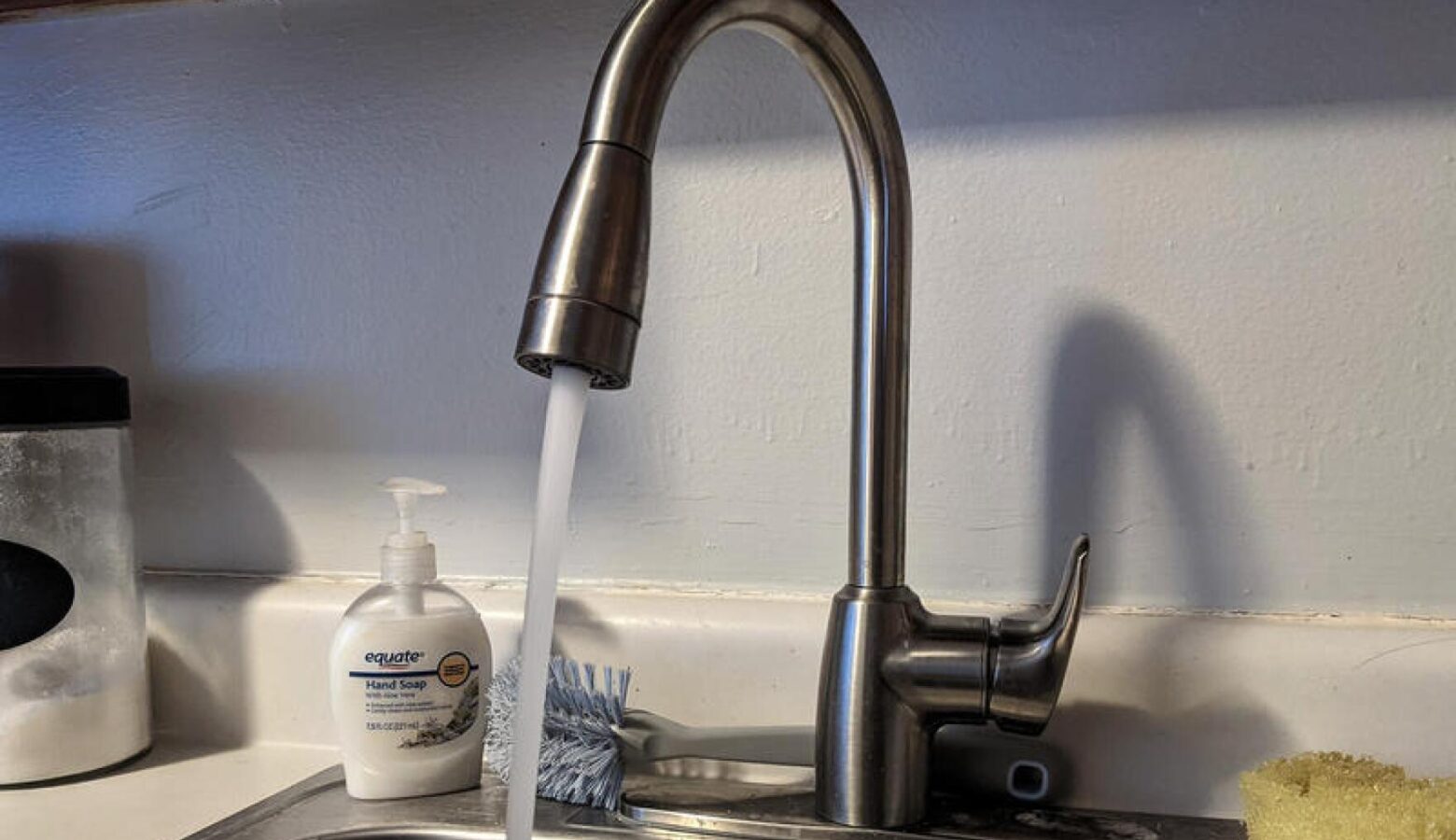Harmful PFAS detected in treated drinking water from 10 Indiana utilities

The state found harmful PFAS in the treated drinking water at 10 Indiana utilities in its first round of testing. Most of them are in southern and central Indiana.
PFAS are human-made chemicals found in everything from carpets, to fast food wrappers, to firefighting foams on military bases — like Grissom Air Reserve Base near Kokomo. There are thousands of individual PFAS chemicals in the environment.
Among other things, exposure to them has been linked to kidney cancer, problems with the immune system, and developmental issues in children.
Because all of the utilities had PFAS below the federal health advisory level of 70 parts per trillion (ppt), the state isn’t requiring them to take action right now. But the U.S. Environmental Protection Agency is expected to set limits for how much PFAS are allowed in drinking water soon.
Lisa Kamendulis is an associate professor at Indiana University’s School of Public Health in the Department of Environmental and Occupational Health.
She studies the health effects of chemicals like PFAS and also sits on the EPA’s science advisory panel to review PFAS chemicals. Kamendulis said those new limits could end up being a lot lower than that what the federal advisory level is now.
“So other states are being a little bit more aggressive in how they’re attacking this problem, because they do understand that there are health effects — adverse health consequences from exposure to these chemicals at very low levels,” she said.
Kamendulis said the state of Vermont, for example, has a limit of 20 ppt for five PFAS chemicals combined.
“So that’s significantly more health protective than the EPA minimums that are required right now,” she said.
So far, the Indiana Department of Environmental Management has released final PFAS test results for 59 water utilities serving between 3,300 to 10,000 people.
The 10 utilities who had detectable levels of PFAS in their water were Indiana American Water – Charlestown, Rural Membership Water Corp. of Clark County, Dubois Water Utilities, Danville Water Works, Rensselaer Water Department, Canaan Utilities, B&B Water Project, Inc., Morgan County Rural Water Company, North Manchester Water Department and Tennyson Water Utility.
Nine other utilities had PFAS in their drinking water before treatment, but not in the finished water that gets delivered to customers.
In the preliminary results IDEM released in December 2021, only two of 24 utilities had PFAS in treated drinking water.
Join the conversation and sign up for the Indiana Two-Way. Text “Indiana” to 73224. Your comments and questions in response to our weekly text help us find the answers you need on statewide issues, including this series on climate change and solutions.
Adam Scherle is the plant superintendent for Patoka Lake Regional Water & Sewer District — where Tennyson Water Utility gets its water from. Though the state won’t test larger water utilities like Patoka until next year, he doesn’t expect PFAS will be a big problem for the utility.
“We are rural enough that we don’t have very many sources of heavy manufacturing in our watershed, so the likelihood of us experiencing high levels of PFAS should be very remote,” he said.
The highest amount of PFAS at Tennyson Water Utility was 5.6 ppt of the chemical PFNA. Scherle said that’s still a small amount.
Kamendulis said people with private drinking water wells should also get them tested for PFAS.
CORRECTION: A previous version of this story misidentified Lisa Kamendulis as an assistant professor at Indiana University. That was incorrect. Kamendulis is an associate professor.
Contact Rebecca at rthiele@iu.edu or follow her on Twitter at @beckythiele.
Indiana environmental reporting is supported by the Environmental Resilience Institute, an Indiana University Grand Challenge project developing Indiana-specific projections and informed responses to problems of environmental change.


